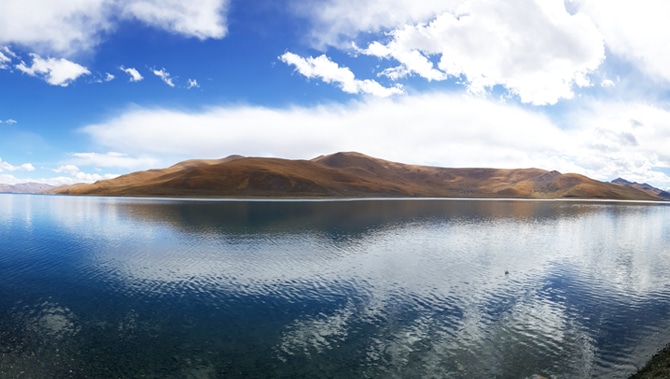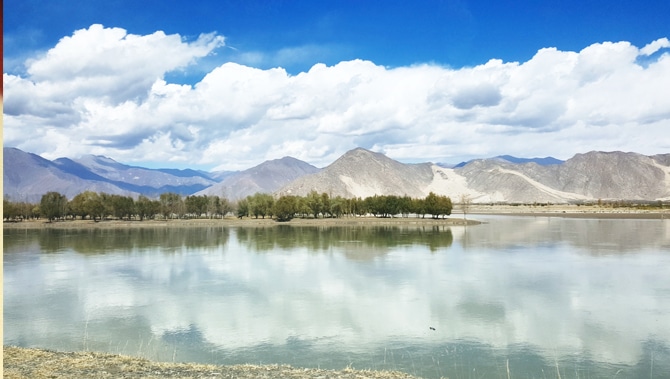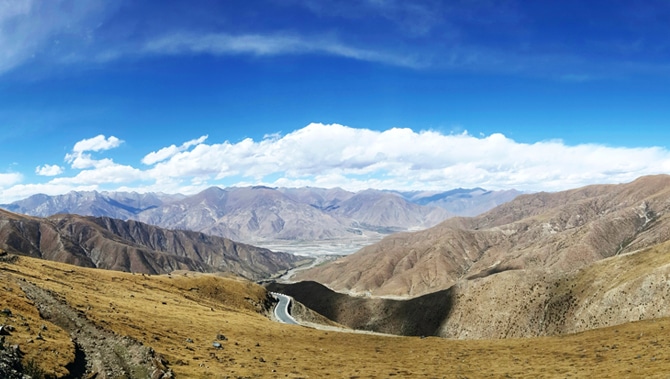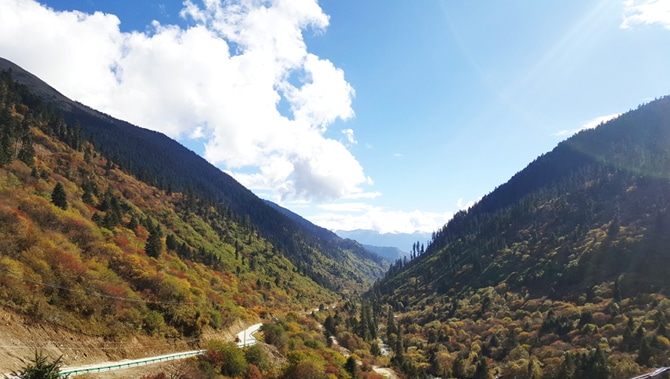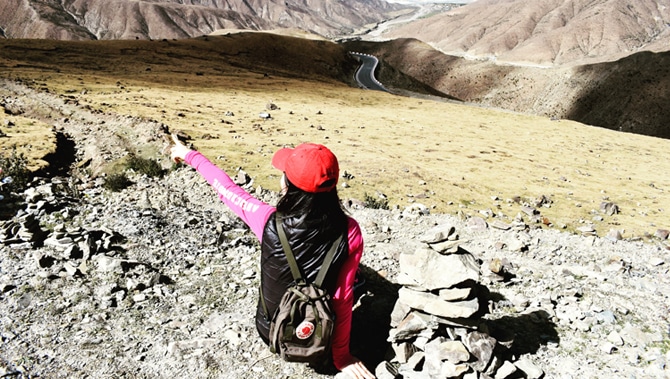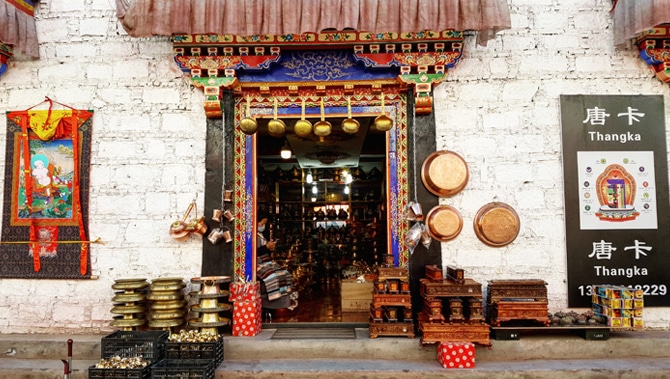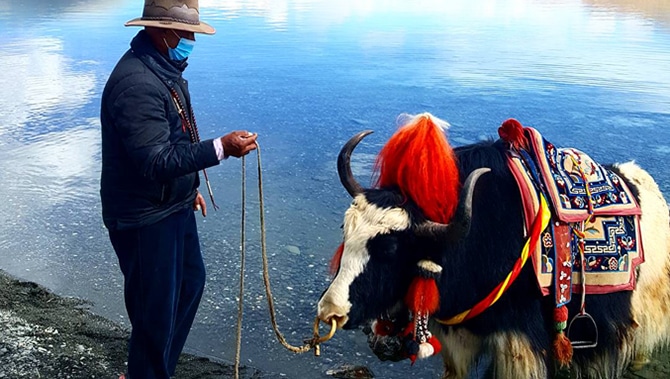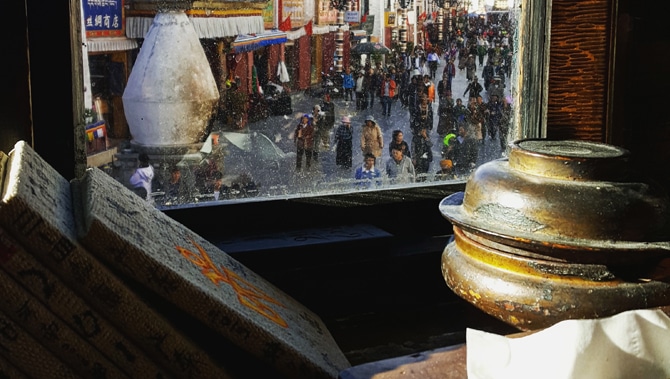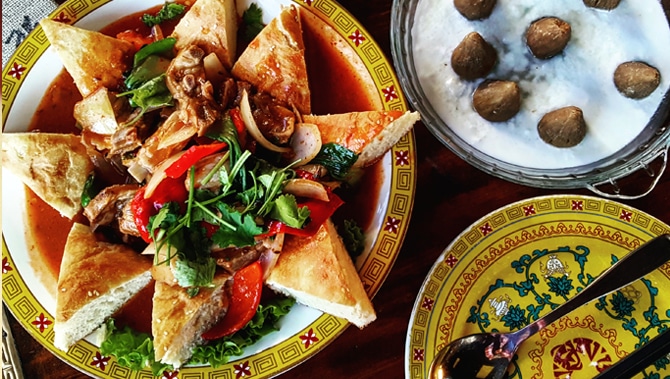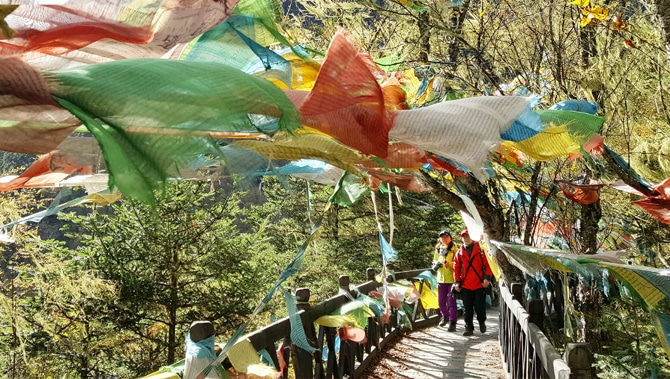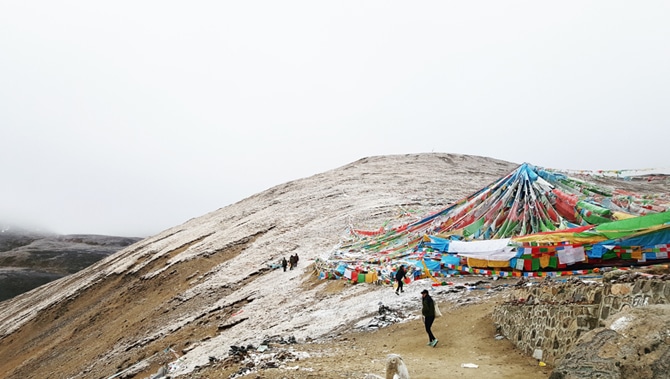Traveling to Tibet has been on my bucket list for years. I thought I would be more prepared when the time comes, but it was rather spontaneous when I finally decided to visit the place that is the closest to heaven on earth.
For that, I would have to thank my friend Ting, whom I traveled together. We booked our one-way flights to Lhasa with no exact plans. Growing up, Tibet has been this mystical place to me.
I heard countless stories about this plateau, some inspiring, some exotic, and some scary.
One of my biggest concerns before going was the altitude sickness that an average traveler, like me, would get due to the lower oxygen pressure at high altitude. Being the highest plateau in the world, Tibet has an average elevation of around 4,500 meters (14,763.77 ft). We were traveling from Hong Kong, which is about 0 meter. Two of us, very last-minute, bought a bottle of a dietary supplement that would help to adjust our body’s ability to take in oxygen.
While we were supposed to take the pills two weeks in advance, we bought them a few days before our departure. I have always planned out all the details before traveling and make sure I am prepared, but no, not for Tibet. Compared to all the other backpacking places, there is a limited information online on things like hostels and how you could get around anyway. So I went into it unplanned with mixed emotions. This is going to be great, I told myself.
And the rest is history. There is so much that I could tell you about the trip, and so much that I could not even put into words. For me, it was a transcendental experience.
I felt touched, cleansed, and enlightened.
It completely changed my perspective on life and made me question what truly matters to me the most, which is not always easy to answer since most of us today are living in this overly-excessive and materialistic world. The most beautiful things can not be seen or touched, but rather felt. Here I will just share with you some pictures I took, and hopefully, you will feel the power of nature and beauty behind them.
“No place is ever as bad as they tell you it’s going to be.” You really need to go visit a place in person instead of hearing about it from others.
This is the local that let me ride on his yak. I asked him how many yaks he owns, he said about 10. Don’t be shocked by the number because this is not a lot in Tibet. More well-off families would have 30-50 yaks. Each family feeds their own, and when winter hits and roads are closed for months, a yak is killed as the source of food for the entire family. Yaks are also important to Tibetans because the wool is used to make warm blankets help them fend off the freezing winter. They are also used as gifts when families marry off their children. Tibetans usually don’t eat vegetables because veggies don’t grow on the plateau. They eat mainly grains and meat, and a lot of creamy tea with yak milk.
Taken inside a Tibetan teahouse. Enjoying the food and the view.
Prayer flags often found strung along mountain ridges and peaks high in the Himalayas; used to bless the surrounding countryside and other purposes.
Milha Mountain entrance! Elevation 5013 meters. A stop on our 10-hour bumpy bus ride to Nyingchi. It was so cold and the frost and mist were no jokes.


